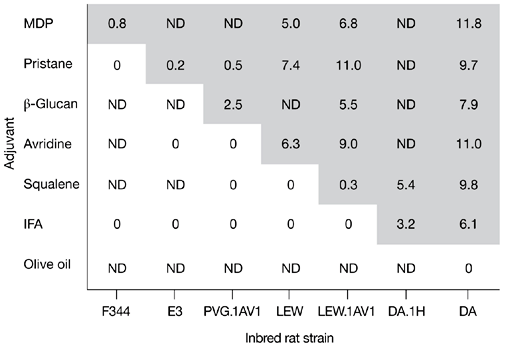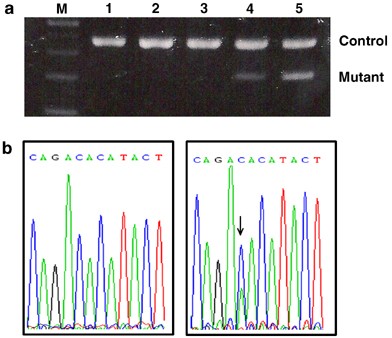
- Select a language for the TTS:
- UK English Female
- UK English Male
- US English Female
- US English Male
- Australian Female
- Australian Male
- Language selected: (auto detect) - EN
Play all audios:
Slugs can wreak havoc on gardens, devouring seedlings, damaging crops overnight, and causing you endless frustration. While many gardeners resort to harmful slug pellets, there are numerous
sustainable methods to control slugs without harming other wildlife. Here are nine effective techniques to protect your garden. 1. NEMATODES Nematodes are microscopic organisms that
naturally occur in the soil and target slugs without harming other wildlife. These beneficial nematodes enter the slug’s body, release a bacterium that kills it, and reproduce within the
dead slug, providing ongoing protection for up to six weeks. Jorge Tirado, a technical specialist at BASF, explained: "Nematodes seek out slugs beneath the soil, where most of them
dwell." They are available online and can be easily watered into the garden. 2. COPPER TAPE Copper tape is a popular and humane method to deter slugs. Applied around the circumference
of pots or containers, copper creates an irritating barrier for slugs. Andrew Salisbury, a senior entomologist at RHS Garden Wisley said: "Copper has an irritating and repellent effect
on slugs and snails. It does not kill them but prevents them from crossing." Ensure the tape is clean and free of gaps. 3. ROUGH SURFACES Using materials like broken eggshells, bark
mulch, and small gravel can create rough surfaces that slugs find difficult to cross. These barriers protect plants by deterring slugs with their sharp edges. However, some slugs may travel
underground to bypass these barriers, so this method works best when combined with others. 4. CINNAMON Cinnamon is a versatile kitchen staple that can also deter slugs. Sprinkling a layer
around the base of plants creates a repellent boundary. The strong scent and the texture of cinnamon irritate slugs, prompting them to turn back. Reapply after rain for continued
effectiveness. 5. STAND CONTAINERS IN WATER Elevating plant pots on feet and placing them in saucers filled with water creates an effective barrier, as slugs will not cross the water. Keep
the saucer topped up to maintain this protective moat. This method is particularly useful for container gardening. 6. BEER TRAPS Beer traps are an age-old method of controlling slugs. Place
jam jars or traps filled with beer or diluted black treacle in the soil to lure and drown slugs. Although effective, it is best not to rely solely on this method, as its success can vary. 7.
CREATE A PHYSICAL BARRIER FOR SEEDLINGS Protect young plants from slugs by using cut plastic bottles as mini greenhouses. Dr. Hayley Jones, an RHS entomologist, said: "Remove the cap
from a plastic bottle, cut off the bottom, and place it over your plant." This method protects seedlings from both slugs and late frosts. 8. MANUALLY REMOVE SLUGS A straightforward
method is to manually remove slugs from your garden. Head out at dusk with a torch to collect slugs and relocate them far from your property. This method is labor-intensive but effective,
especially when combined with other control strategies. 9. ENCOURAGE NATURAL PREDATORS Promoting natural predators is an efficient and sustainable way to control slug populations. Birds,
beetles, frogs, hedgehogs, and toads all prey on slugs. Creating habitats such as ponds for frogs and log piles for hedgehogs can attract these beneficial creatures to your garden.
Gloucestershire Wildlife Trust advised: "Ensure there is a place for natural predators to breed, shelter, and hibernate."







